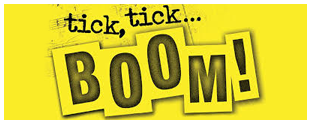Apr, 10 Posted by |
Before performing the PCR reaction or cloning test or DNA sequencing it is critical to have high-quality DNA which is free of contaminants like particles, proteins and RNA. Purifying DNA is also referred as DNA Isolation and is a crucial step in molecular biology. In this article, you will learn the fundamentals of DNA purification, and how to optimize your DNA extraction strategies to get more efficient results. The first step of the DNA purification process is to prepare a solution which contains a mixture of water and an alkaline buffer. This buffer makes DNA soluble and it is easily separated from other components of the sample. Once the DNA is in a water and alkaline solution, it’s treated with chaotropic or detergents to break down cell membranes and nuclei to release DNA (cell lysis). RNase can be added to the sample to remove any contaminating DNA. The DNA is separated by organic solvents such as chloroform or phenol from the other components of the https://mpsciences.com/2021/04/15/gene-synthesis-and-transcription-processes/ cell like fats and proteins. Once the DNA has been separated from proteins and lipids, they can be precipitated using ethanol or isopropyl alcohol (rubbing alcohol). The purity of the DNA may be determined by spectrophotometry or gel electrophoresis. A good quality DNA sample should have an absorbance at 260 nm to 280 nm of |

Home Vanessa Gallery Media Site   |













